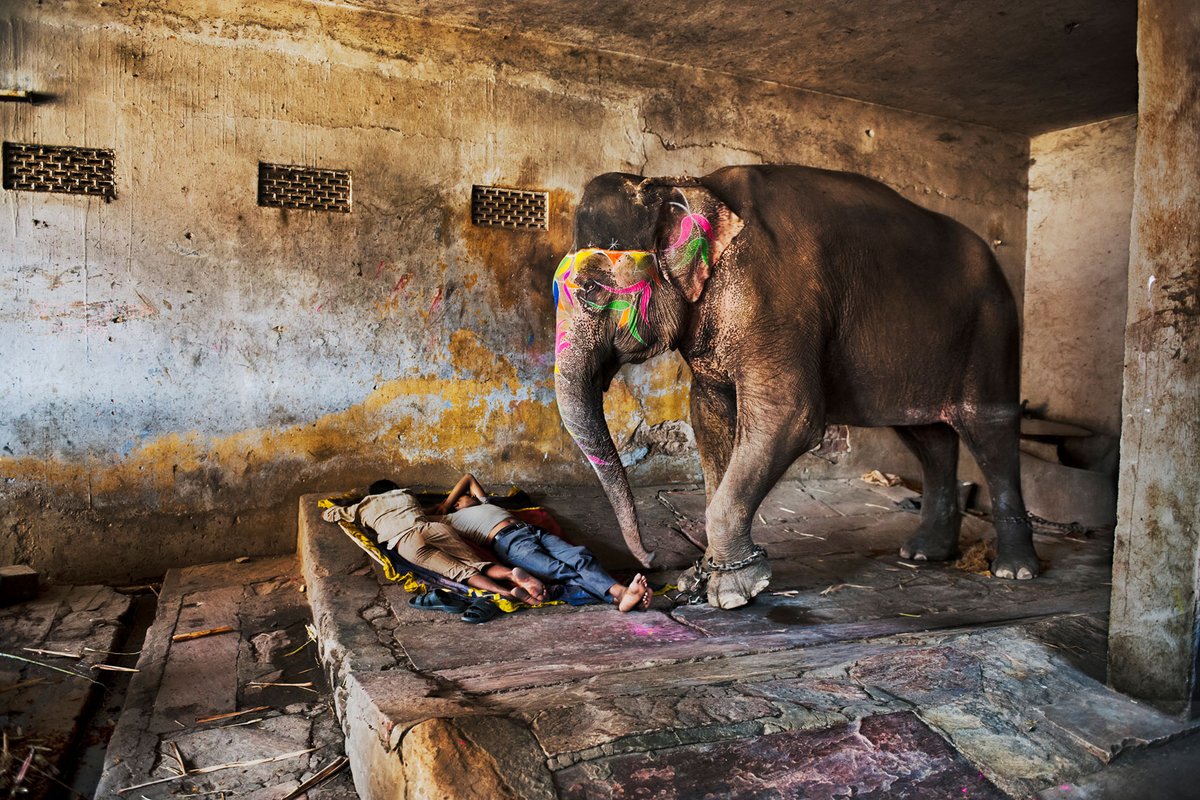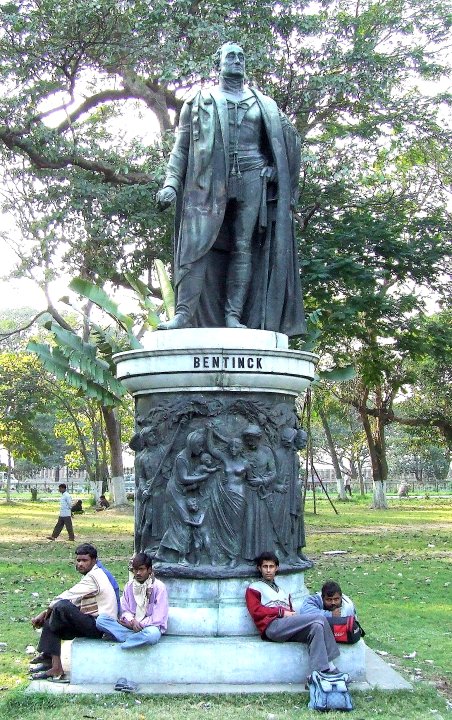
How the British Empire ravaged Tibet.
In 1903, a British military expedition crossed into the long-isolated and inhospitable land of Tibet - but the pseudo-diplomatic mission became a bloody assault. It rarely finds mention in the grand histories of the British Empire. #History
In 1903, a British military expedition crossed into the long-isolated and inhospitable land of Tibet - but the pseudo-diplomatic mission became a bloody assault. It rarely finds mention in the grand histories of the British Empire. #History

There were extraordinary characters involved in the invasion. Chief among them was Colonel Francis Younghusband, the head of the mission, admired by the likes of Bertrand Russell, H.G. Wells, & John Buchan. Another key figure was Brigadier-General James Macdonald. #History #Tibet 

Along with another 18000, accompanying them was the mission's Principal Medical Officer and official archeologist, Dr. Laurence Waddell, a man who is still regularly described as a real-life Indiana Jones. He was considered a leading British authority on Tibetan culture. 

Waddell had ended up on the raid after he telegraphed the government asking to be involved, explaining that the mission offered a “unique opportunity…..for procuring from the closed land those manuscripts and books so greatly required by Western scholars.” 

Waddell’s interest in Tibetan culture didn’t extend any kind of respect for it as he characterized Tibetan Buddhism as a “parasitic disease…..a cloak of the worst forms of oppressive devil-worship’ and describing the people as “sunk in the lowest depths of savagery”. 

When Tibetan leaders refused to talk, having found a tenuous excuse to engage them in battle, the British army utterly crushed Tibetan guards. In some sixteen engagements, the Tibetans lost up to 3,000 men against just a few dozen deaths on the British side. 

For Waddell, Tibetans were enemies “not only of ourselves but in some sense, by reason of their savagery & superstition, of the human race.” One account describes how an officer took a Lama “by the nape of his lubberly neck, drove him down to his knees and rubbed his nose in it.”
After the British left Tibet, Chinese influence soared, planting the seeds of the 1950 invasion.
“The Tibetans were abandoned to Chinese aggression, an aggression for which the British Military Expedition to Lhasa & subsequent retreat were primarily responsible.”~ Charles Bell
“The Tibetans were abandoned to Chinese aggression, an aggression for which the British Military Expedition to Lhasa & subsequent retreat were primarily responsible.”~ Charles Bell
Britain, as a result of this invasion, was flooded with examples of Tibetan gilt, and brass Buddhas, painted scrolls, thanks, thigh-bone trumpets and aprons, prayer wheels, lama’s robes, brass trays, amber, diamonds, gold, and jewel-encrusted artworks.
theguardian.com/culture/2020/f…
theguardian.com/culture/2020/f…
• • •
Missing some Tweet in this thread? You can try to
force a refresh










